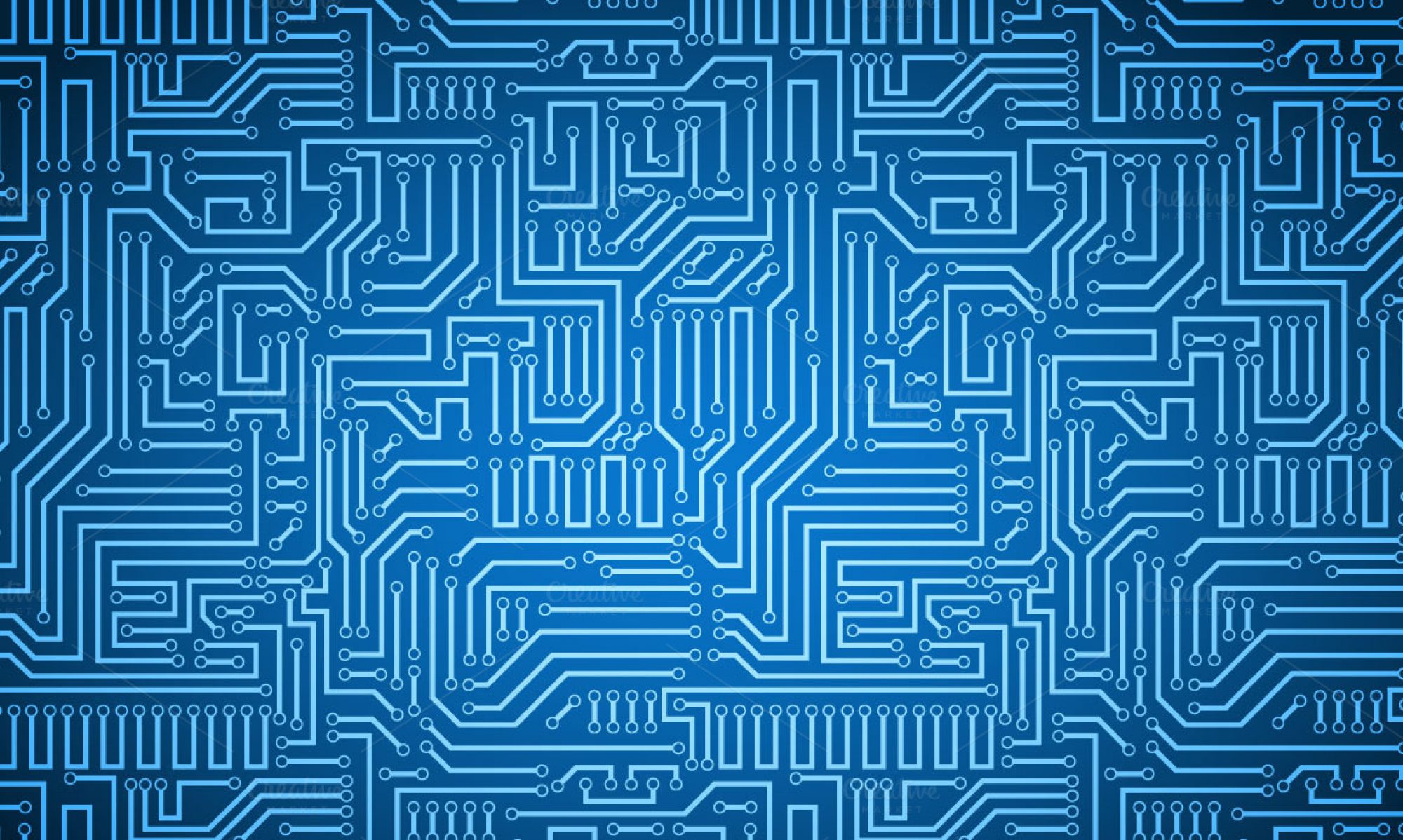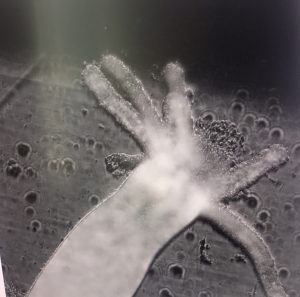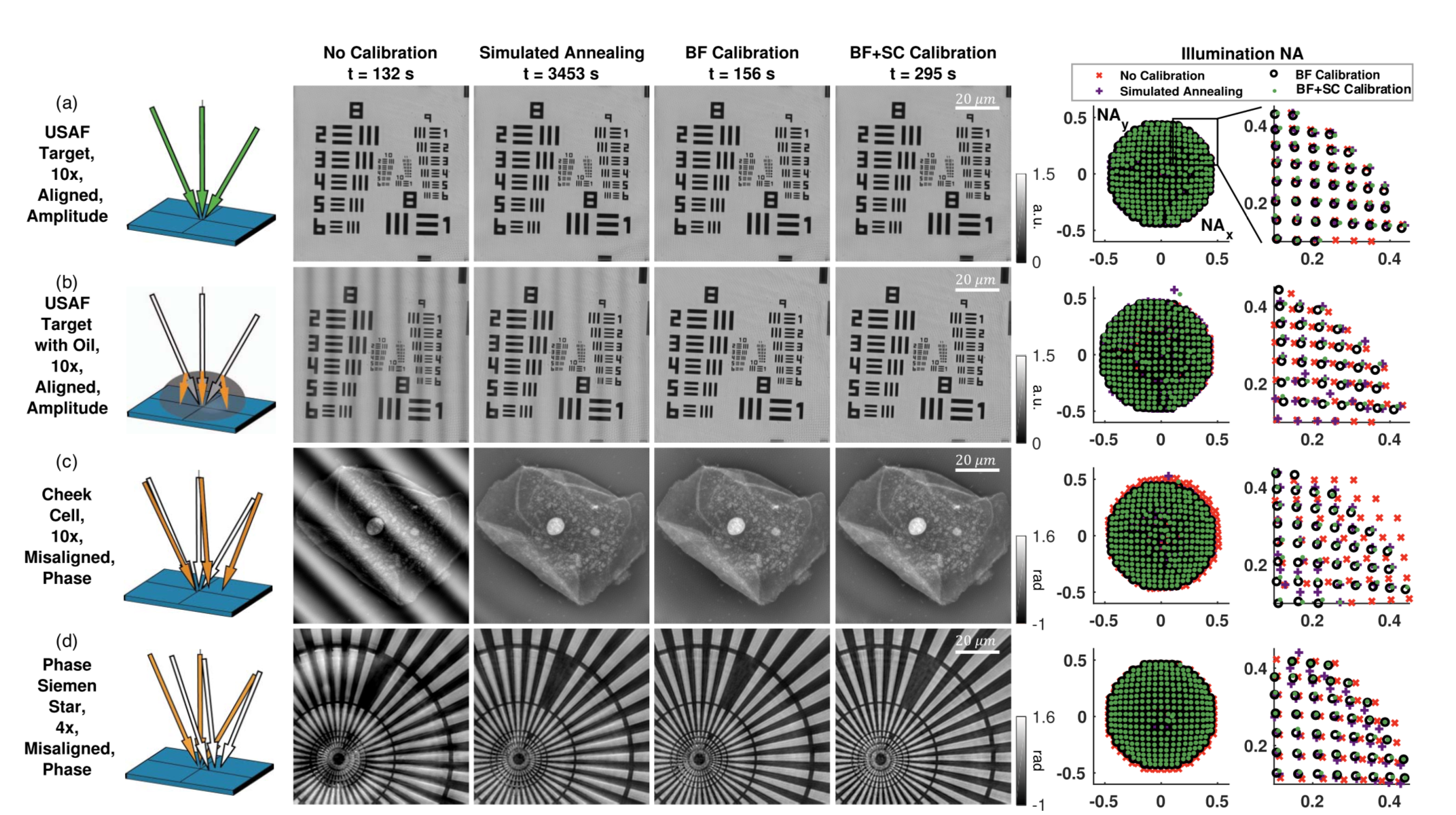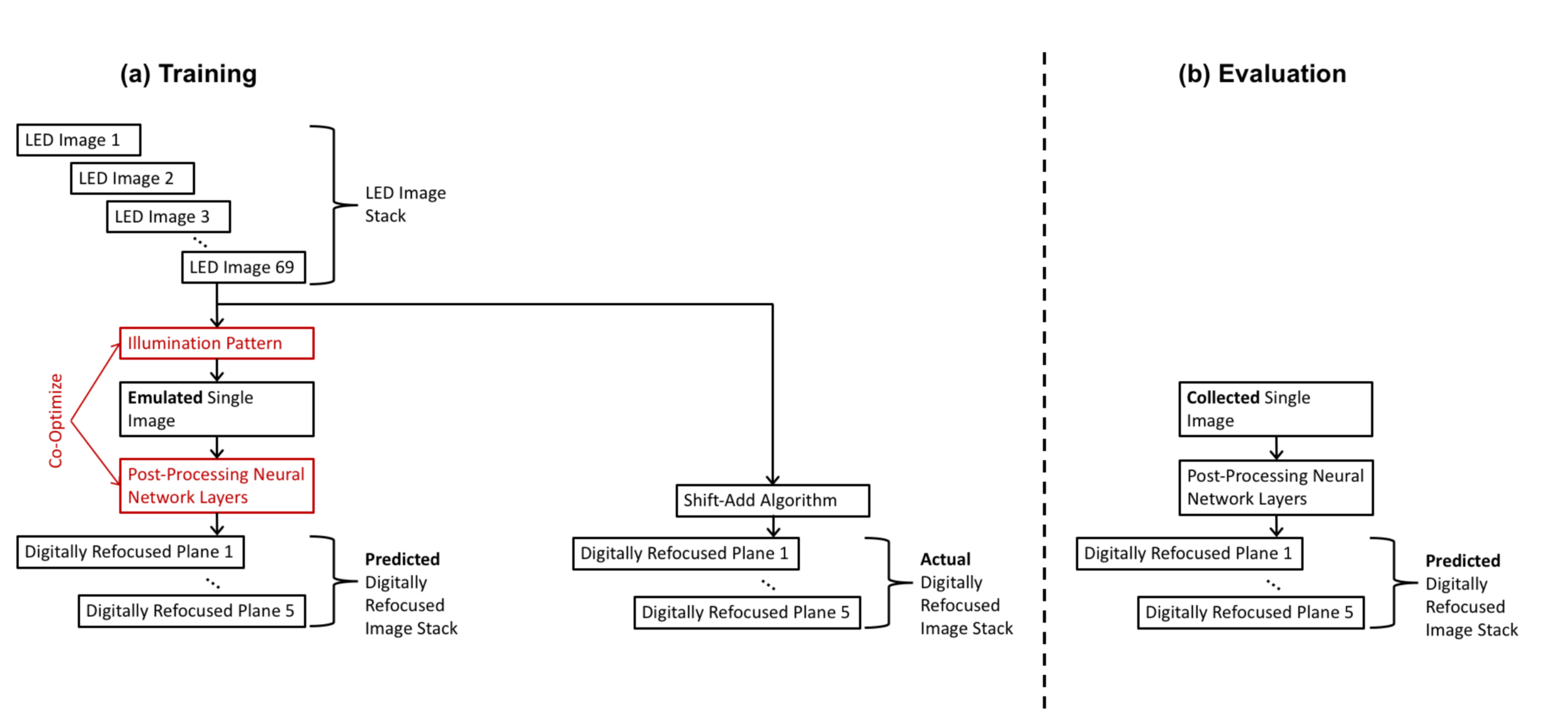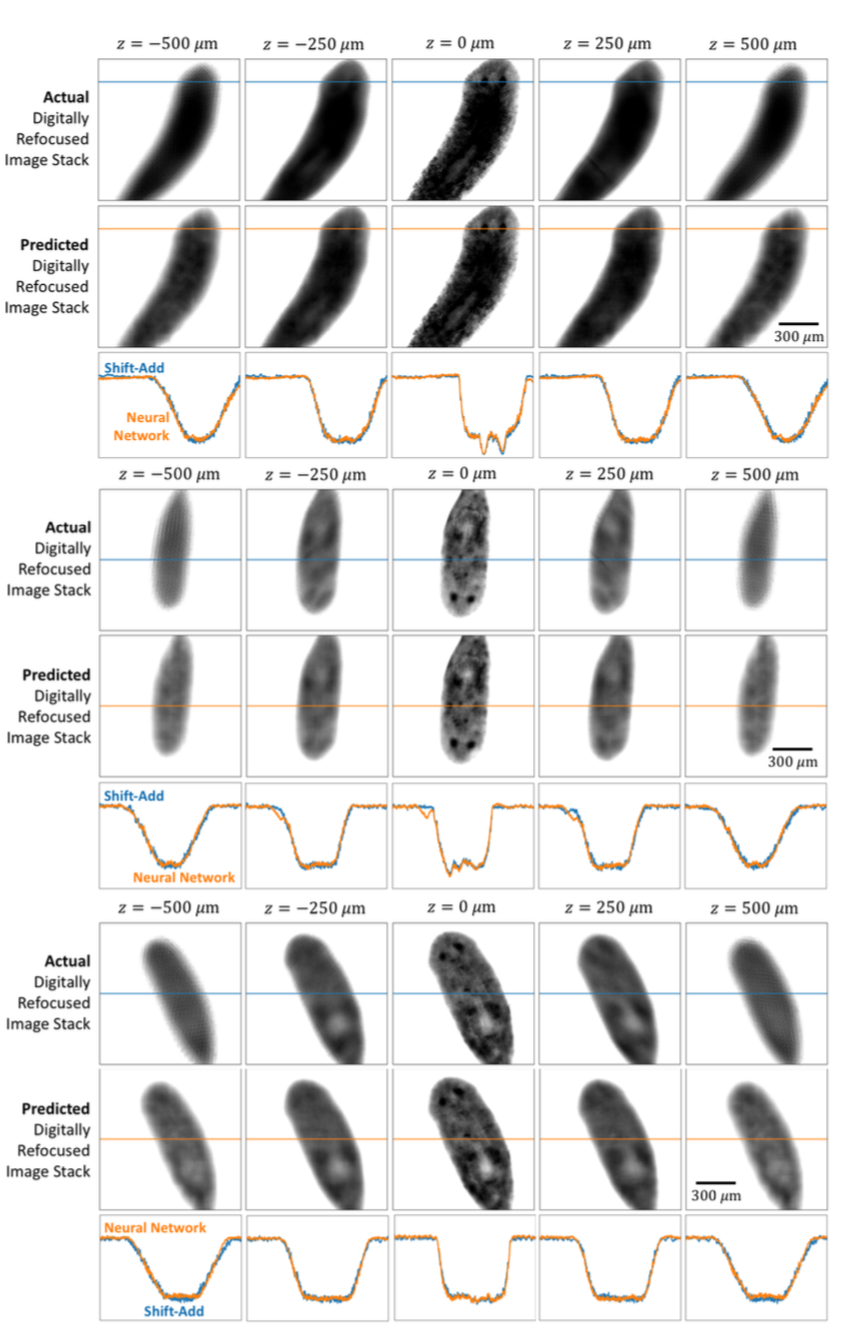After fixing the issue of keeping the hydras from being flattened by the cover slip, we began collecting low-resolution images of the hydras to start running algorithms for reconstructing a high-resolution image.
We chose a sample data set with one stack of images and ran the Generatescript.py code. By executing the sh file that it created, we ran into a problem in which no high resolution image was generated. To see if the problem lay with the program or the images, we tried running the code with a flatworm data set imaged last summer. This succeeded in producing the high resolution image, confirming that the issue relates to our hydra data somehow.
Currently we suspect that the one stack of data is not sufficient for the pre-processing procedure, so we are currently trying with a five-stack hydra data set for the GenerateScript.py. Once the program stops running, we will see if this is in fact the source of the problem or not.
